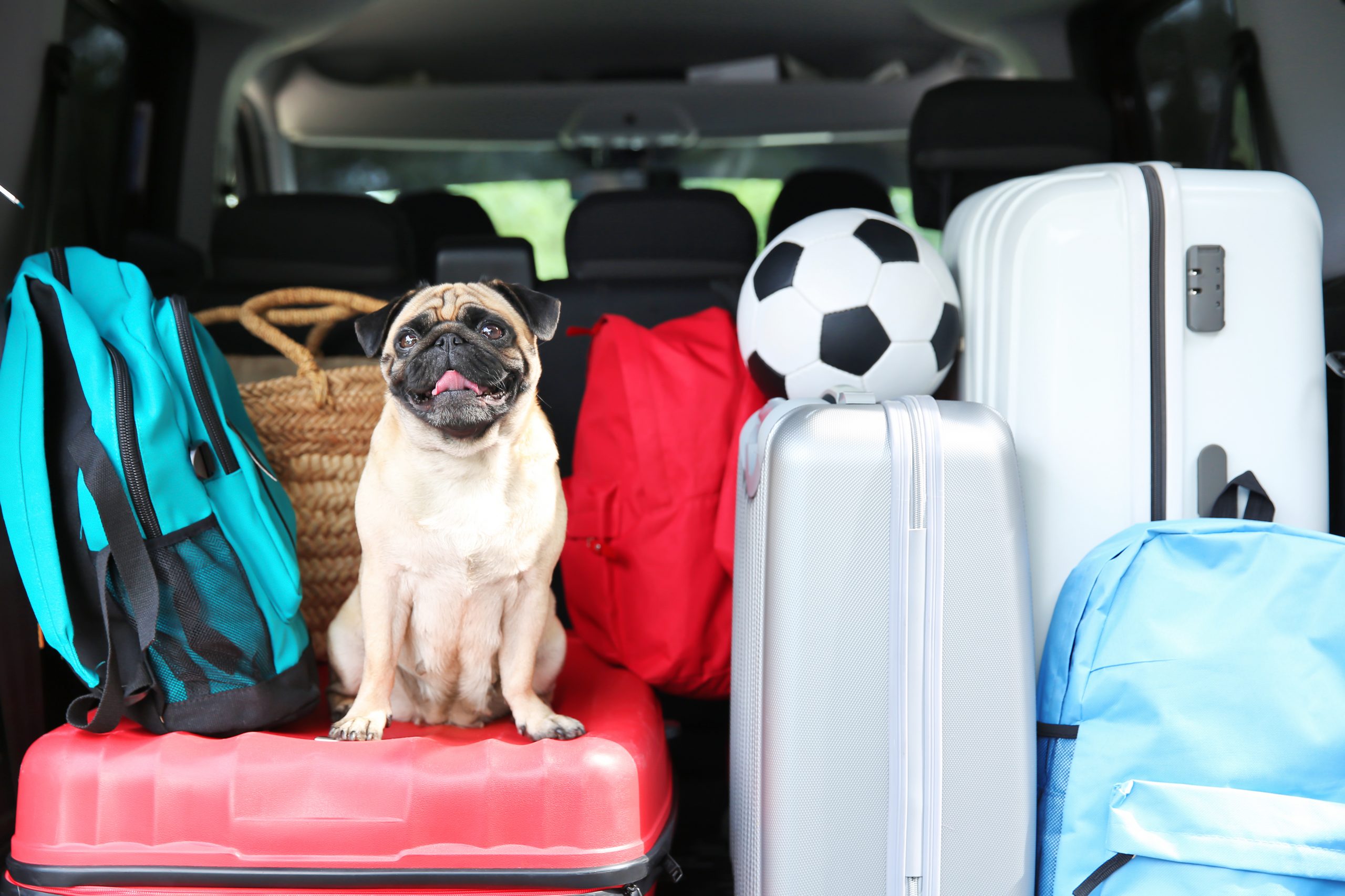Moving is always stressful. New house, new neighborhood, new routine. It inevitably needs some getting used to. But humans aren’t the only ones that may have a hard time adjusting to such a big change. Your furry friend can just as likely be affected. Being taken away from their old home, which is full of their favorite snoozing spots and familiar smells, can cause quite a bit of anxiety to your pup.
Here are five signs that your dog is having trouble adapting to their new surroundings and five tips to help them.
Signs your dog is stressed
Change in eating habits
An increase in anxiety might lead to undereating, overeating or even no eating at all. Stressed dogs can also have trouble digesting food and therefore might often be sick.
Acting up
Dogs that are having a hard time getting used to the new place might start acting up. They can pick up nasty habits of peeing around the house and destroying furniture or can start excessively whining and even growling if you approach. Such behavior changes vary among dogs. As far as potty mishaps are concerned, your pup might not be be going on his regular walks as you try to get everything done around the house, or they just want to mark their territory in the new environment.
Change in energy levels
From pacing up and down the house and jumping from couch to chair to being lethargic and generally inactive and depressed, changes in energy levels are a sign that something is bothering your furry friend.
The constant feeling of restlessness is attributed to the increased secretion of the stress hormone “cortisol’, which makes them feel very uneasy and anxious. Excessive sleeping is also quite a common coping mechanism for dogs (and humans!) that are trying to avoid a stressful situation.
Strange body language
Your dog might have their ears pulled back or their tail under their back as a sign of anxiety. A general low or stiff posture, as well as an agitated ,vigilant stance can all speak to the same thing.
Physical symptoms
Just like in humans, stressful situations can affect your pup’s health. Weight gain or loss, skin conditions, digestive upsets, red eyes, excessive shedding and all manifestations of being exposed to high levels of stress.
Of course if these symptoms persist, it is vital you talk to your veterinarian as they might be a sign of something more serious.
How to handle the situation
Create a safe space
It is imperative you make your dog feel as warm, and in control of their environment as possible. Creating a warm nook with their old bed, maybe even in a separate room (if possible) away from all the commotion will give them to opportunity to shield themselves from stressors around the house (workers, boxes, noise) and explore the new place in their own time.
Shower them with extra love
Reassuring your pet that everything is fine is also vital in helping them calm down. Dogs often register behavioral cues from their owners and seeing you preoccupied and stressed over the move can make them feel that something is wrong. Also, if you are away more on errands for the new house, your dog might also feel they are being left behind. Try to take some extra time to talk to them, pet them, play with them and make them feel loved and safe.
Stick to a routine
However busy you may be with the move, try to stick to a schedule for your dog as close to the one you had before moving. This includes eating, walking, playing etc. Your dog may feel like things have not gone completely out of control and this might ease them into the new environment.
When out for walks, especially if there have been peeing incidents inside the new house, offer them treats for going potty outside to reinforce the behavior.
Provide multiple resources
Having water and food bowls, bones, chew toys, beds around the house that your dog can interact with. You can limit the bowls around the house as you both get used to the new place.
This will make them feel more in control over what happens to them and in turn will reduce their stress levels.
Give them time
Time does seem to be the panacea for most issues and this one here is no exception. Just like you will eventually get used to the new situation, you furry friend will too. The adjustment period may vary from dog to dog, but most usually start feeling at home within a few weeks.



